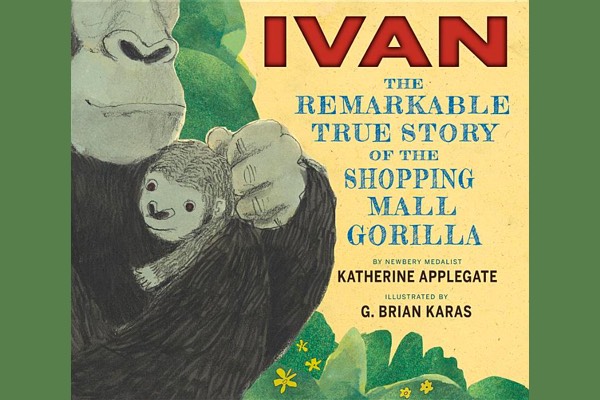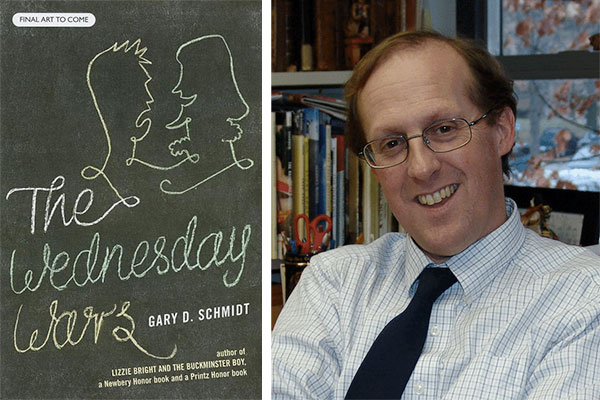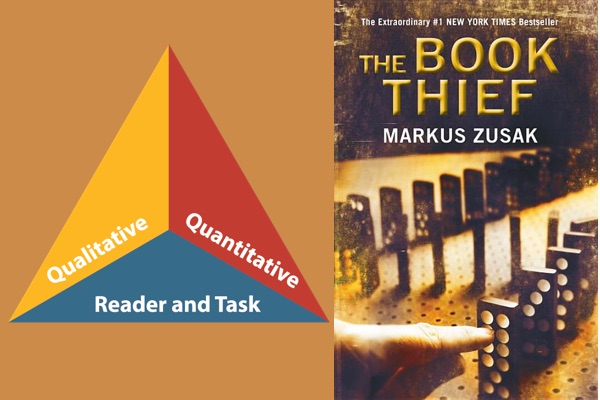Gifted & Talented Standards Support
Inspired by the National Association for Gifted Children1, the reference points that are bolded below can enhance your gifted and talented instruction.
Provide responsive literacy instruction that varies content, pacing, and outcomes to meet and support readers.
Use Multi-Leveled Lessons such as Nonfiction Read and Respond to differentiate instruction based on learning outcomes.
Provide resources in a variety of formats including audio, video, and text to scaffold and support student learning styles.
Embark on a visual literary adventure that compares three sojourns using resources for Around the World by Matt Phelan.
Analyze how characters, back story, and conflict are represented using related editions of texts like these:


Prompt higher level thinking by varying the complexity and format of discussion prompts by using diverse resources.
Extend instruction and facilitate conversation with resources for paired fiction and nonfiction titles like The One and Only Ivan and Ivan: The Remarkable True Story of a Shopping Mall Gorilla. Explore more paired lists.
Springboard instruction of multiple reading strategies with resources for fiction texts such as The Poet X and primary source interviews with authors like Elizabeth Acevedo.
Discuss the complexity of wordless books such as Journey by Aaron Becker.
Learn about these dreamers to discover how big changes in our world get started.
Differentiate instruction or assessment to accommodate learning styles using a variety of digital resources.
Explore the Author & Illustrator Interview Collection to connect with your favorite book creator and discover different ways interviews are conducted.
Model creating and selecting thoughtful questions for student-led discussion groups within the Book Guides & Lessons Collection.
Tap into learning interests by providing preference-based reading opportunities with the Reader's Advisory Tool.
Compare written, video, and audio interviews for The Wednesday Wars by Gary D. Schmidt.


Examine text complexity tools to guide book and genre selection.
Use the Text Complexity Toolkit to evaluate text for differentiation and consideration.
Examine the Text Complexity Analysis for titles like The Book Thief and Lost and Found Cat to prepare for instruction.
Complete a Text Complexity Rubric together as a class or independently. Discuss the categories within and ask students why they made the selections they did.
Develop visual literacy skills with The Bell Rang by James Ransome while using textual clues in this picture book for older readers.
1. Referenced from "Gifted Education Strategies." National Association for Gifted Children, https://www.nagc.org/resources-publications/gifted-education-practices.

